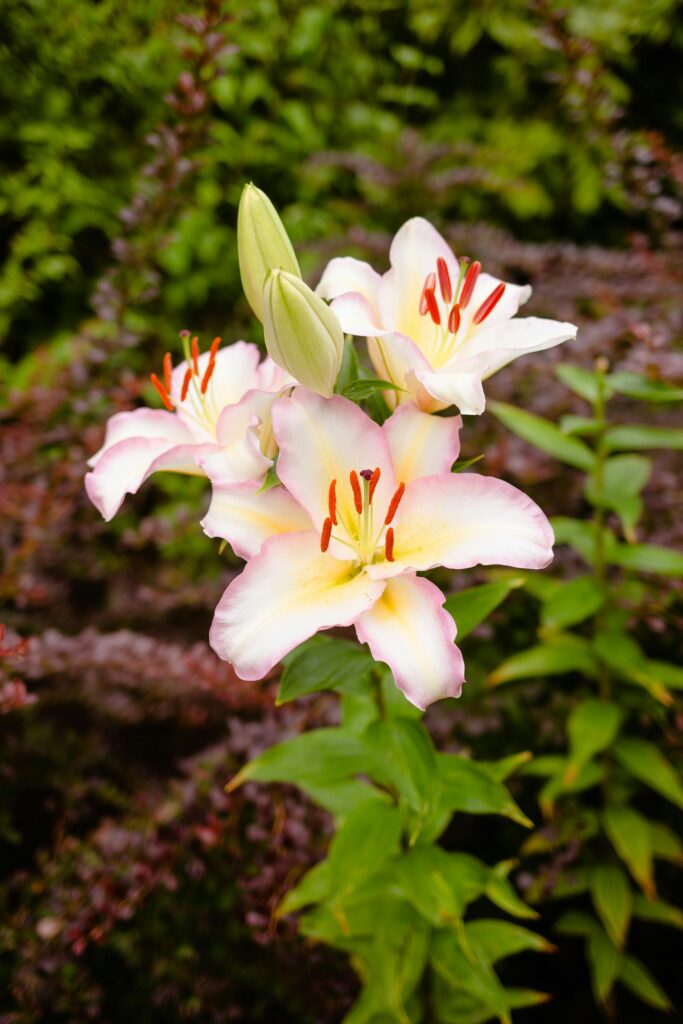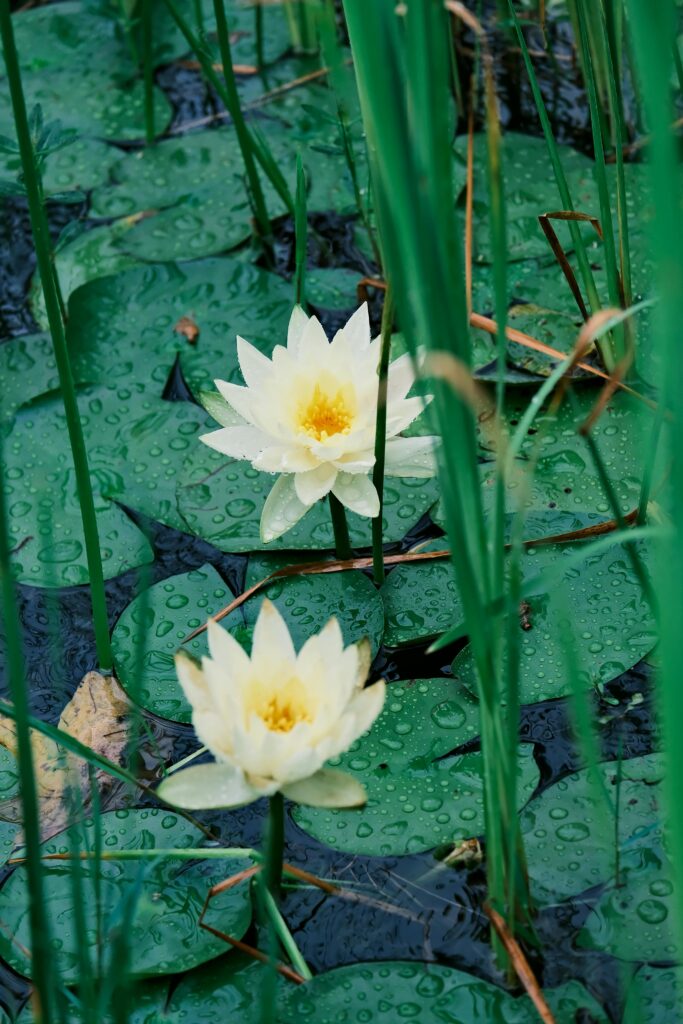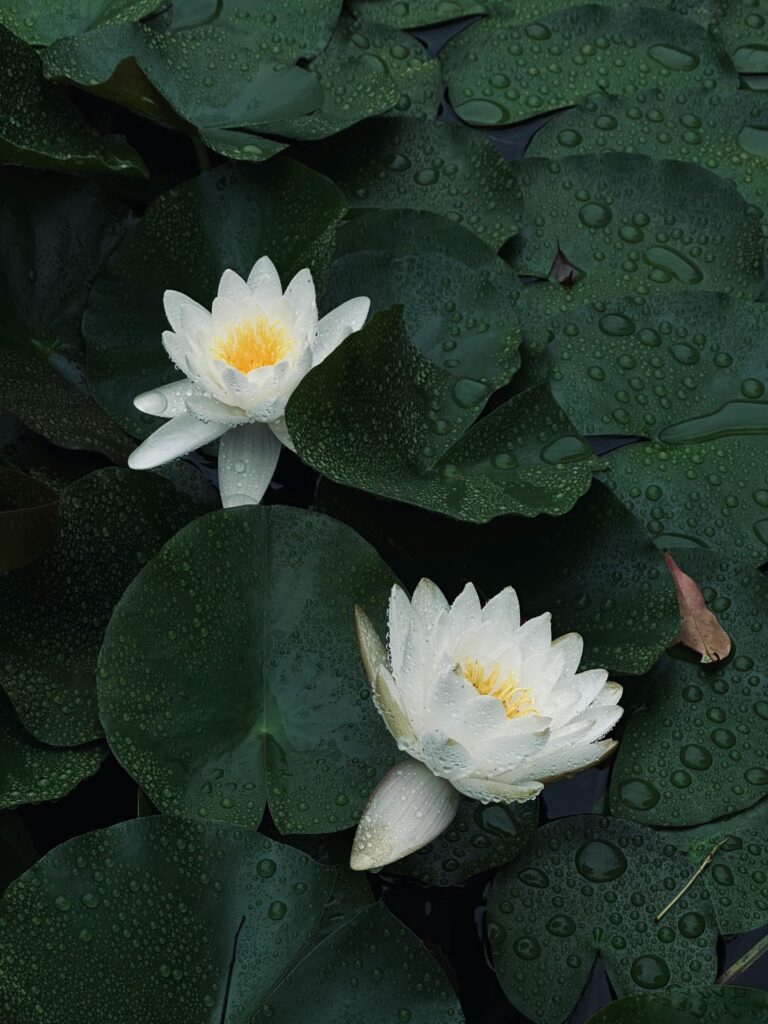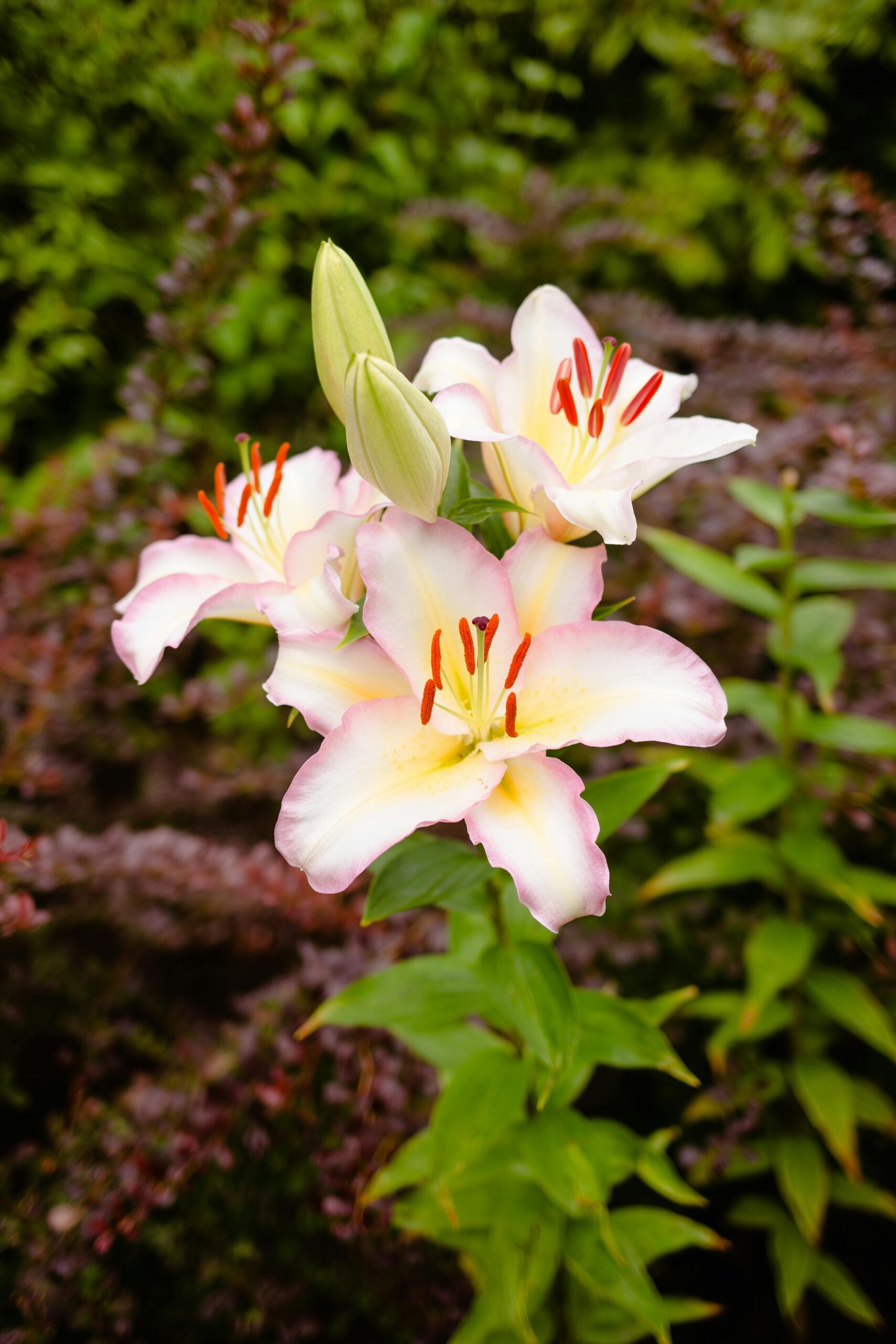
One of the most beloved flowering plants in the world is the lily. It has gained a special place in gardens, floral arrangements, and cultural customs due to its tall stems, eye-catching blooms, and potent fragrance. In addition to being exquisite, lilies have deep cultural significance as symbols of purity, devotion, and rebirth.
We’ll cover every aspect of the lily plant in this blog, including its traits, varieties, meanings, cultivation advice, and the reasons it’s still a favorite among flower lovers and gardeners.
Table of Contents
What is a Lily Plant?
The lily plant belongs to the genus Lilium in the family Liliaceae.These perennial plants grow from bulbs and are native to the temperate regions of the Northern Hemisphere. Lilies are recognized by their trumpet-shaped or star-like flowers, tall stems, and long, narrow leaves.
Key features of the lily plant:
- Grows from underground bulbs
- Produces large, showy flowers
- Comes in various colors like white, pink, red, orange, and yellow
- Many varieties are fragrant
- Blooms in summer, depending on the type
Why Are Lilies Plants So Unique?
The Northern Hemisphere’s temperate zones are home to the perennial flowering plants known as lilies (genus Lilium). They belong to the Liliaceae family and are distinguished by their trumpet-shaped blooms, tall stalks, and diverse color palette. Lilies, in contrast to many other garden flowers, are both beautiful and meaningful.
Stunning Appearance: Their blooms are large, often star-shaped or trumpet-like, making them the centerpiece of any garden.
Wide Variety: With over 100 species and countless hybrids, there’s a lily for every style and climate.
Long-Lasting Blooms: Once established, lilies return year after year, offering beauty that lasts for seasons.
Fragrance: Many lilies have a sweet, intoxicating scent that perfumes gardens and homes.
Symbolism: Across cultures, lilies represent purity, rebirth, and devotion, adding emotional depth to their beauty.
A Brief History of Lilies
Lilies have a rich history that dates back thousands of years. Ancient civilizations considered them sacred and symbolic.
- In Ancient Greece: Lilies were linked to Hera, the queen of the gods. According to mythology, the lily sprang from her milk.
- In Christianity: White lilies became a symbol of the Virgin Mary, representing purity and chastity.
- In Ancient China: Lilies were associated with harmony, good fortune, and unity, especially in marriage.
- Victorian Era: During the 19th century, flowers carried hidden meanings. Lilies symbolized refined beauty, making them a popular choice in gardens and bouquets.
This deep cultural significance is part of what makes lilies not just flowers but also timeless icons.

Types of Lily Plants
There are over 100 species and countless hybrids of lilies. The most popular types include:
- Asiatic Lilies – Hardy, colorful, and easy to grow, though less fragrant.
- Oriental Lilies – Large, highly fragrant blooms in shades of white, pink, and red.
- Trumpet Lilies – Known for their tall stems and trumpet-shaped flowers.
- Turk’s Cap Lilies (Martagon) – Unique downward-facing flowers with curled petals.
- Daylilies (Hemerocallis) – Not true lilies, but often mistaken for them due to their similar appearance.
Each type offers its own charm, making lilies versatile in both gardens and floral displays.
Symbolism of the Lily Plant
Lilies carry powerful symbolic meanings that vary across cultures and colors:
- White Lily: Purity, innocence, and spirituality
- Pink Lily: Prosperity and admiration
- Red Lily: Love and passion
- Orange Lily: Energy and confidence
- Yellow Lily: Happiness and gratitude
Because of these associations, lilies are widely used in weddings, religious ceremonies, and as sympathy flowers.
How to Grow a Lily Plant
Lilies are relatively easy to grow, and once established, they return year after year with stunning blooms.
Planting
- Bulbs: Plant bulbs in spring or fall, about 6–8 inches deep.
- Soil: Well-drained, slightly acidic to neutral soil works best.
- Location: Choose a sunny spot (6–8 hours of sun daily).
Care
- Water regularly but avoid overwatering.
- Add mulch to keep roots cool and moist.
- Fertilize during the growing season for stronger blooms.
- Stake taller varieties to prevent bending in strong winds.
Maintenance
- Deadhead spent flowers to encourage more growth.
- Divide bulbs every few years to keep plants healthy.
Uses of Lily Plants
The lily plant is valued for more than just its looks:
- Gardens: Adds elegance and fragrance to landscapes.
- Cut Flowers: Popular in bouquets, especially for weddings and special occasions.
- Symbolic Ceremonies: Used in religious, cultural, and festive events.
- Home Décor: Brightens living spaces when kept in vases.

Fun Facts About the Lily Plant
- Lilies are toxic to cats, so keep them out of reach of pets.
- Some lilies can grow more than 6 feet tall.
- The Madonna Lily (Lilium candidum) is one of the oldest cultivated flowers, often seen in religious art.
- Lilies have been cultivated for thousands of years and are still among the most popular flowers today.
Conclusion
Lilies are the epitome of elegance and beauty in the plant world. With proper care, these flowers will reward you with breathtaking blooms and a fragrance that fills your garden. Whether you choose them for their beauty, scent, or symbolism, lilies are a timeless addition to any plant lover’s collection.
